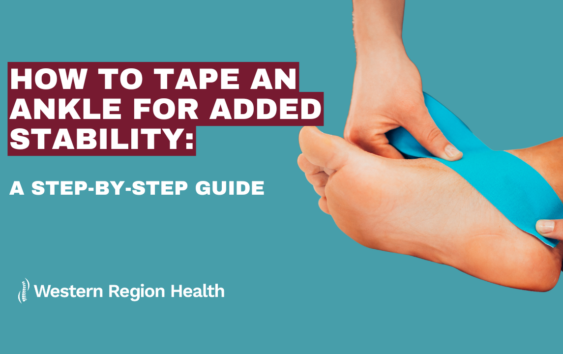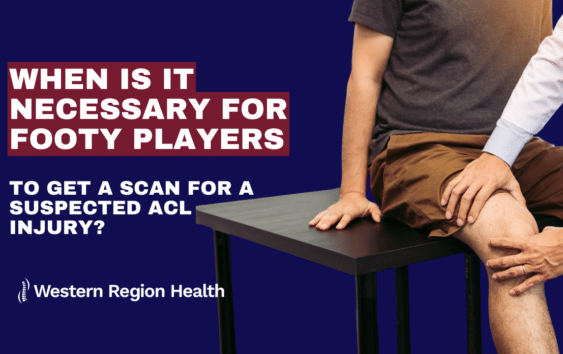General | April 13, 2017
How To Prevent Dodgy ‘Gym Shoulders’
Dr Daniel Cabai- B.App.Sc(CompMed) MOsteo – OA Member
When I started out lifting weights there was only one thing I was interested in and that was packing on slabs of muscle. It wasn’t until I starting getting a sore shoulder until I realised there was more to weight training than just lifting weights…who would’ve thought. Five years at uni and an osteo qualification later and it becomes pretty clear just how silly I was when I first started lifting weights.
There are typically two types of muscles present within the body, they can be broken down into tonic and phasic muscles. Put simply, your ‘postural’ and ‘beach’ muscles. Many people who go the gym or do some form of resistance training work their phasic muscles which is good if you’re interesting in increasing your lean muscle mass, however either limit or neglect their phasic muscles leading to wider range of issues, which is what exactly happened to me.
Smaller muscles like your shoulder external rotators and rhomboid muscles (in particular) are left out of novice weight training programs because they aren’t considered important in the grand scheme of things. However, biomechanically the effect these smaller ‘insignificant’ muscles can have on not only shoulder, but also thoracic and cervical range of motion is quite important, leading to shoulder pain and injury, neck pain, headaches, etc.
Two extremely simply exercises that can be incorporated into your weight training regime are the shoulder external rotation and cable face pull exercises. Doing 10-12 reps of 3 sets can be enough to improve your shoulder mobility and posture, especially when combined with some added stretches and exercises.
It’s important to note that these exercises are not just important for just people at the gym, but also office workers, breast feeding mothers, childcare workers and pretty much everyone and can be done in the comfort of your own home. They are also not the be all and end all in terms of correcting posture but are a good place to start. Of course, if you have experienced any shoulders injuries in the past, please seek advice from your healthcare provider before starting these excercises.
Cable External Rotation
- Start with your elbow at 90 degrees
- Slowly pull your hand away from your body, keeping your elbow tucked in and at 90 degrees and hold for a couple of seconds
- If your elbow moves away from your body you’ve gone too far
- Control the resistance as your hand moves back towards your body
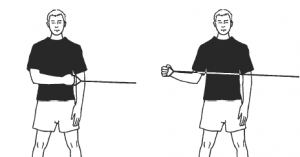
http://deansomerset.com/best-exercise-ever-band-shoulder-stability-press/shoulder-external-rotation/
- Can also be completed using a weight (such as a can) lying on your side
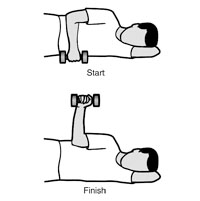
http://orthoinfo.aaos.org/topic.cfm?topic=A00663
Scapular Retractions
- Start by trying to squeeze your spine with shoulder blades whilst also trying to move them towards the floor
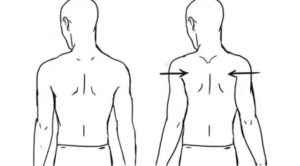
http://homegymr.com/scapular-retraction-exercises-benefits-form/
- Once you feel comfortable with that you can add resistance with a band or a can (in a bent over position) and bring your elbow past your spine
- Hold the resistance for a couple of seconds
- Slowly lower the weight
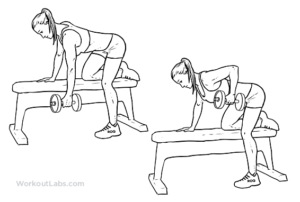
http://workoutlabs.com/exercise-guide/one-arm-dumbbell-row/
Please note, the advice above is generalised and may not be specific to your situation. If in doubt please contact one of our osteopaths or another health care provider to provide a specific diagnosis and treatment of your condition.

